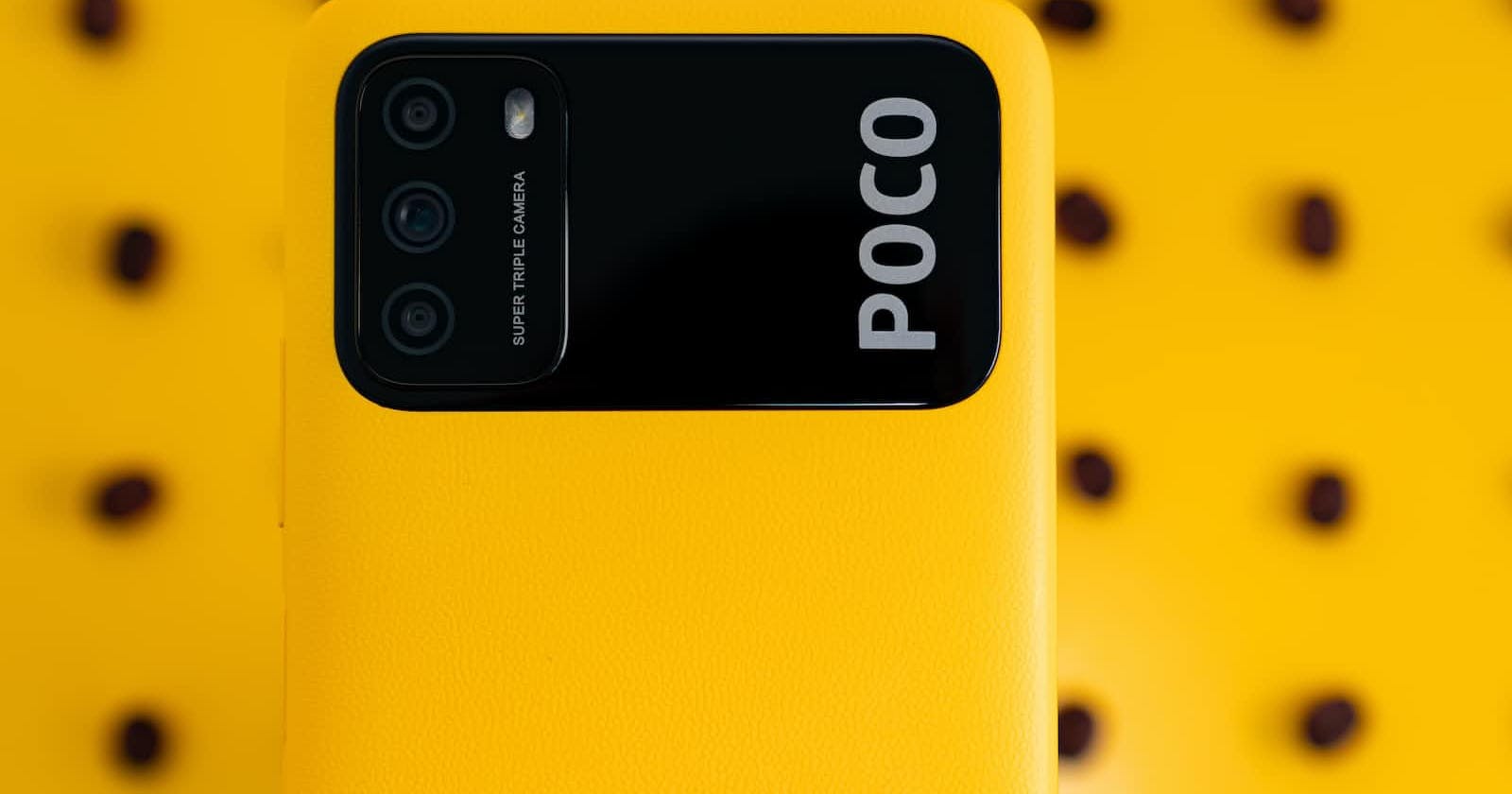
Photo by Vinicius "amnx" Amano on Unsplash
Midrangers vs flagships
Are manufacturers cannibalizing themselves
In recent times, midrange smartphones are getting very strong. Maybe even too strong. This is good news for tech enthusiasts worldwide and for the consumer who keeps getting a bargain as companies try to cram all the new features into their smartphones while still keeping the price down and affordable. But then where does the flagship stand? Is it under threat from its smaller siblings?
Samsung quickly comes to mind. Take their A series for example. Samsung has been on a very aggressive drive to eat into the affordable phone space. Their A series are competing with the more traditional "flagship killers" we have seen from Xiaomi via their Poco and Redmi phones. Samsung is aligning its brands for better identity which means that some of their midranges are looking similar to flagships. It is only after you get below the skin that you get to get the defining differences that exist between the two. While this is good for the brand, consumers are sure to get confused when choosing what to buy.
I like the iPhone and the strategy they use to sell it. By keeping the options few, they enjoy more sales and less confusion from customers. Android on the other hand is full of choices that can get confusing very fast. And today, these differences between flagships and strong midrange phones are fewer than ever. A midrange today is better than an older flagship. And as mentioned above, a midrange is a very good choice if you are in the market for a new smartphone.
Flagships are always superior that midrange phones. They are future-proof. They enjoy support for longer and their features too enjoy longevity. However, a strong top-tier midrange smartphone is as good as a flagship. It all depends on what you want from your smartphone and if your budget allows, you are better off with the flagship.
